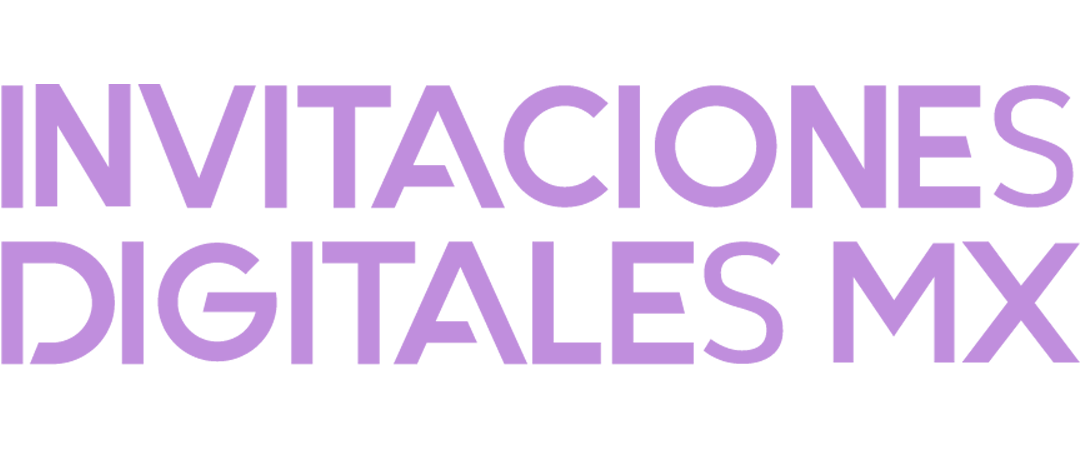Orthostatic high blood pressure is a medical problem defined by an abrupt rise in blood pressure when standing. This problem can cause dizziness, faintness, as well as even fainting, making it critical to understand its causes, signs and symptoms, as well as offered treatments. In this post, we will certainly delve into the information of orthostatic high blood pressure, providing you with valuable info to much better understanding this problem.
Causes of Orthostatic Hypertension
There are different variables that can add to the growth of orthostatic hypertension. Among the key reasons is an autonomic nerves disorder. The free nerve system is in charge of regulating blood pressure, heart rate, and other uncontrolled bodily functions. When this system falls short to work properly, it can result in unusual high blood pressure changes upon standing.
One more prospective reason for orthostatic hypertension is medication negative effects. Certain medicines, such as antihypertensives, antidepressants, and diuretics, can interrupt the typical high blood pressure policy process, leading to a sudden rise in high blood pressure when assuming an upright placement.
Sometimes, orthostatic hypertension may be a consequence of a hidden clinical condition. Problems such as diabetes, heart problem, and nerve system disorders can add to high blood pressure irregularities and also the onset of orthostatic hypertension.
- Poorly controlled diabetic issues
- Heart disease
- Nerves conditions
- Drug side effects
- Autonomic nerves dysfunction
It is essential to keep in mind that orthostatic hypertension can influence people of any ages, although it is much more generally observed in older grownups and those with pre-existing clinical conditions.
Signs of Orthostatic High Blood Pressure
Orthostatic hypertension commonly provides with a distinctive set of symptoms that happen upon standing or staying up. These symptoms might consist of:
- Dizziness
- Lightheadedness
- Passing out or near-fainting episodes
- Frustration
- Obscured vision
- Lack of breath
- Upper body pain or pain
It is essential to take notice of these symptoms, as they urotrin can considerably influence one’s everyday tasks and also general quality of life. If you experience any one of these signs and symptoms consistently, it is suggested to seek clinical assessment for a proper medical diagnosis.
Medical diagnosis and also Therapy
Identifying orthostatic hypertension generally includes a comprehensive examination of an individual’s medical history, signs, and also blood pressure dimensions in different settings. A tilt-table examination may additionally be conducted to induce orthostatic anxiety as well as observe blood pressure modifications.
As soon as diagnosed, the therapy options for orthostatic hypertension can vary depending upon the underlying cause and cholestoff extent of the problem. Way of life alterations, such as adequate hydration, routine exercise, and also staying clear of sudden modifications in stance, can aid manage signs and also reduce the frequency of blood pressure changes.
In situations where medication side effects are the primary reason, changing or discontinuing the drug might be essential. In addition, treating any type of hidden clinical conditions, such as diabetes or heart problem, can additionally assist relieve orthostatic hypertension signs.
Medication Alternatives
For people with severe orthostatic hypertension, medications may be prescribed to aid manage high blood pressure. These drugs might consist of:
- Fludrocortisone
- Midodrine
- Clonidine
- Pyridostigmine
- Droxidopa
Each medication functions in a different way to deal with the underlying reasons for orthostatic hypertension and should only be recommended and also kept an eye on by a healthcare specialist.
If lifestyle adjustments and also drugs fail to effectively control blood pressure as well as handle symptoms, various other therapeutic alternatives, such as physical counterpressure maneuvers or compression garments, may be recommended by a clinical specialist.
Finally, orthostatic high blood pressure is a problem identified by an unexpected increase in blood pressure upon standing. It can dramatically disrupt one’s day-to-day live and also lead to various signs, consisting of lightheadedness and also fainting. Proper diagnosis and therapy are vital to lessen the influence of this condition. By seeking medical examination and complying with the recommended therapy strategy, people with orthostatic high blood pressure can successfully handle their signs and boost their overall well-being.
